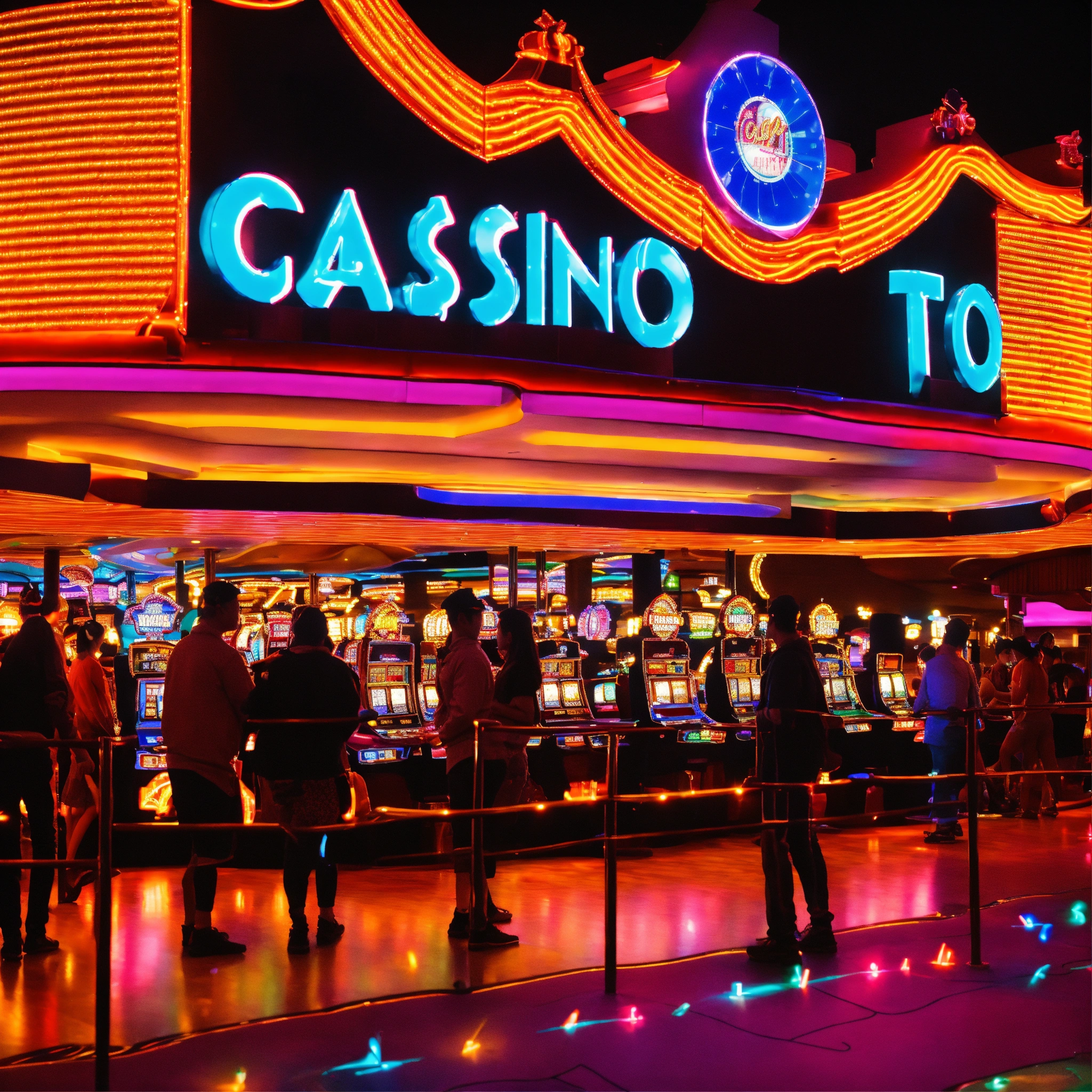Casino games have long captivated the human imagination, drawing gamblers into a realm filled with luck, strategy, and the allure of excitement. Each game is carefully crafted not just for enjoyment, but also to elicit particular emotional responses that keep players engaged and invested. Understanding the drives behind these designs reveals much about how behavioral psychology plays a crucial role in the gaming experience.
From the bright lights and lively sounds to the intricate layering of systems and payoffs, casino games are designed to create an atmosphere of thrill and expectation. Game designers leverage mental cues to influence participant behavior, whether through the use of winning opportunities, almost wins, or social connections. By examining these aspects, we can better appreciate how casino games fulfill not just a need for entertainment, but underlying psychological needs for excitement and uncertainty.
Grasping Player Behavior
Casino games are engineered with a profound comprehension of gamer psychology, which is vital for luring and retaining players. The rush of the game, coupled with the anticipation of winning, produces a strong draw. Game designers utilize elements like sonic elements, vibrant graphics, and immersive gameplay to capture attention and generate emotional responses. These sensory experiences enhance the immersive experience, making players feel more attached in the game.
Another significant aspect of player behavior is the notion of risk/reward dynamics. Casino games often manage risky situations with the potential for substantial rewards, which can cause the occurrence known as near-miss phenomenon. When players come within reach to winning, the brain releases dopamine, reinforcing their behavior and motivating them to keep playing in search of that hard-to-reach win. This cycle of anticipation and disappointment plays a critical role in how games are constructed and advertised.
Lastly, social factors also play a pivotal role in player behavior at casinos. Many games are made to be played in pairs or in company with other players, fostering a sense of community and shared experience. The community engagement inherent in games like poker enhances enjoyment and can result in longer play sessions. Designers leverage on this by designing environments that prompt players to remain, interact, and revisit, making the overall casino experience more attractive.
The Role of Visuals and Audio
Imagery and audio play a significant role in improving the player’s experience within gambling games. Designers utilize bright colors, eye-catching graphics, and engaging animations to attract players’ attention and hold their interest. The use of themes, such as adventure or opulence, helps create an engaging atmosphere that transports players into a different world. By connecting to the senses, these elements contribute to a intensified emotional response, prompting players to engage more deeply with the games.
Audio design is equally important in reinforcing the overall experience of casino games. The mix of background music, sound effects for successful combinations, and environmental noises creates an sound landscape that holds players fascinated. Audio cues associated with victories, such as ringing bells or festive music, evoke feelings of thrill and reward, prompting players to keep playing. These sound cues are strategically placed to amplify the excitement of the game and create a more engaging experience.
Moreover, the alignment of imagery and audio is important for reinforcing the game’s overall concept and mood. Each element should align harmoniously to create a unified experience that pulls players in. The effective use of this synergy not only improves user enjoyment but also boosts the likelihood of return play, as players become more invested in the immersive world that the gambling games offer. This thoughtful integration of visuals and audio ultimately enhances player involvement and loyalty.
Reward Systems and Participation
The creation of casino experiences significantly relies on reward systems to ensure players involved and returning for additional experiences. These systems are based in behavioral principles that take advantage of human nature and desire. Participants are often motivated by the thrill of success, which is reinforced by immediate feedback through the game’s mechanics. This prompt satisfaction not only enhances the gaming experience but also cultivates a feeling of achievement, prompting participants to keep playing in hopes of bigger rewards.

Gaming establishments utilize various reward structures, such as large payouts, bonuses, and multipliers, to captivate participants. These features create a layer of excitement that maintains engagement. Additionally, the randomness of results plays a significant role in sustaining interest. The intermittent reinforcement schedule, where successes are random but happen often enough, maintains participants on edge and motivated to keep playing. This cycle of anticipation and expectation is essential to the effectiveness of casino games.
Furthermore, social elements, such as tournaments and collaborative options, boost the participation factor by leveraging the desire to compete of participants. The communal aspect of gaming with others can intensify the thrill of winning and create a sense of community within the casino. By integrating these community elements with efficient incentive structures, gambling experiences don’t just offer fun but also nurture a deeper bond among players, reinforcing their commitment to the overall experience. https://vuagamebai88.net/